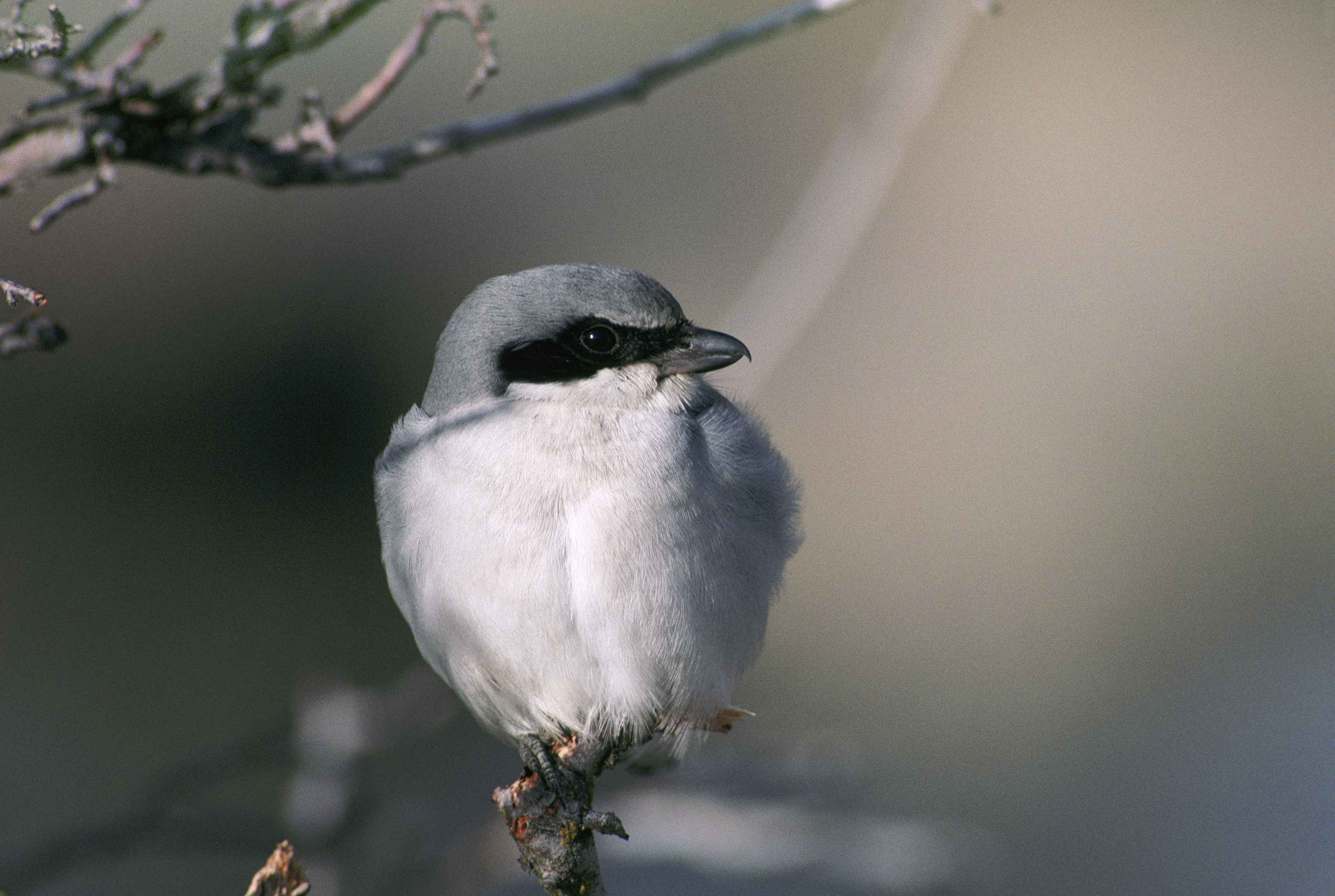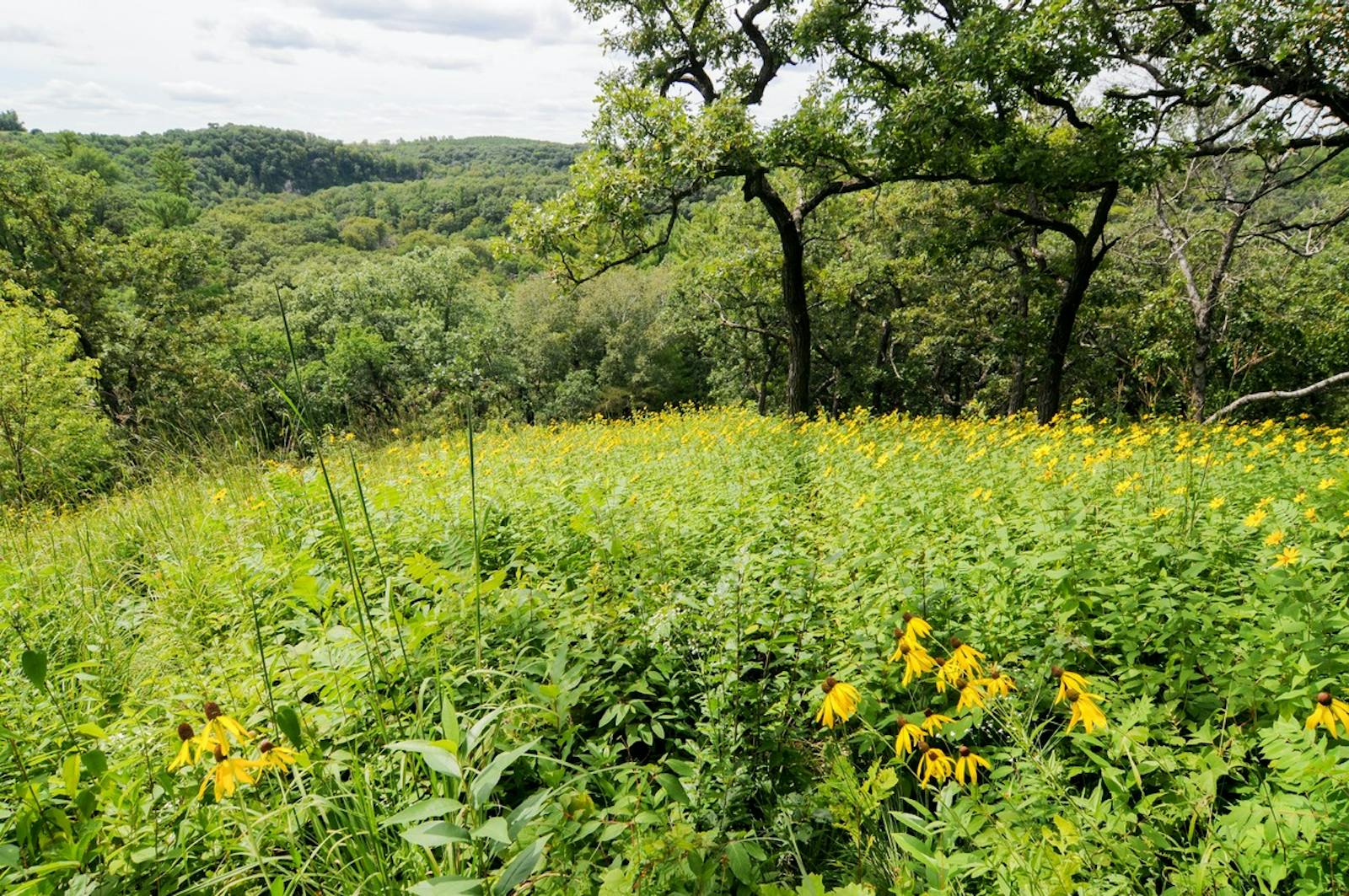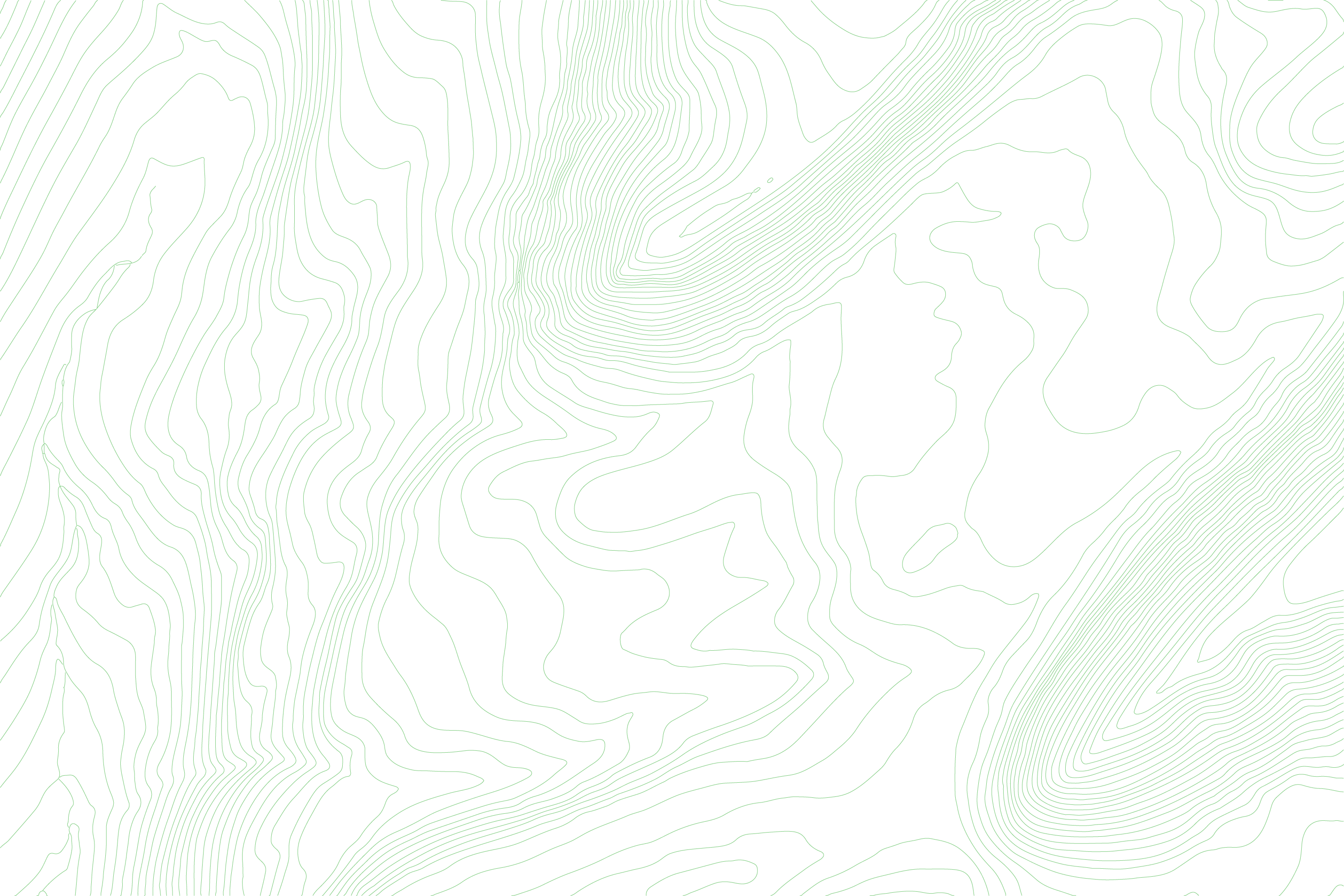Upper Midwest US Forest-Savanna Transition
The ecoregion’s land area is provided in units of 1,000 hectares. The conservation target is the Global Safety Net (GSN1) area for the given ecoregion. The protection level indicates the percentage of the GSN goal that is currently protected on a scale of 0-10. N/A means data is not available at this time.
Bioregion: Northern Great Lakes Forests (NA11)
Realm: Northern America
Ecoregion Size (1000 ha):
13,643
Ecoregion ID:
343
Conservation Target:
27%
Protection Level:
1
States: United States: IL, IA, WI, MN
The Upper Midwest US Forest-Savanna Transition ecoregion lies to the northwest of the Central US Forest-Grasslands Transition ecoregion, north of the Central Tallgrass Prairie, east of the Canadian Aspen Forests and Parklands and Northern Tallgrass Prairie, and south of the Western Great Lakes Forests ecoregions. It encompasses most of the Minneapolis-St. Paul metropolitan area and many smaller cities. Much of the non-urban area has been transformed by agriculture. The wild area that remains is largely within the heavily dissected and unglaciated Driftless Area (Paleozoic Plateau), which encompasses 62,200 km2 of northwestern Illinois, northeastern Iowa, southcentral and southwestern Wisconsin, and southeastern Minnesota.
The climate of the ecoregion is almost entirely humid cold temperate. The bedrock is largely Paleozoic (e.g., Ordovician) sedimentary rocks, including dolomite, limestone, and sandstone, but older (Cambrian) sedimentary rocks (sandstone, shale, and dolomite) are exposed along the valley walls of the Mississippi River and younger (Cretaceous) sedimentary bedrock occurs in the southwestern portion of the ecoregion. Some of the oldest bedrock – Archean (Precambrian) granites and gneisses – occurs in the northwestern portion of the ecoregion in Minnesota; this bedrock is part of the huge Canadian Shield.
Precambrian quartzite and rhyolite occur in the Baraboo Range in southcentral Wisconsin, which is a monadnock or isolated ridge some 1.5 billion years old—a buried ancient mountain range exposed through millions of years of erosion.i The western half of the range was not glaciated and marks the eastern boundary of the Driftless Area. Much of the ecoregion was covered by the last (Wisconsin) glaciation as well as earlier glaciations and contains moraines and other glacial features.
The remarkable Driftless Area (Paleozoic Plateau), however, has some glacial drift from ancient (pre-Illinoian) glaciations, but most of the area shows no evidence of glaciation. It now appears likely that some previous glaciations covered the Driftless Area, but the evidence was removed by subsequent erosion. More recent glaciations bypassed the Driftless Area, leaving it unscathed.

The flagship species of the Upper Midwest US Forest-Savanna Transition ecoregion is the loggerhead shrike. Image credit: Creative Commons
Especially intriguing features of the Driftless Area are the algific talus slopes, which are slopes underlain by ice deposits in caves or crevices in the Paleozoic limestones and dolomites. Warm summer air enters sinkholes on ridge tops, which flows to the ice caves and is cooled. The cold air then seeps out through crevices and talus to slope surfaces, where it creates a microclimate similar to the macroclimate hundreds of kilometers to the north. In winter, cold air is drawn through the talus to the ice caves.
The cool microrefugia of algific talus slopes hold disjunct (isolated) populations of boreal species (e.g., Canada yew, balsam fir, and many herbs, ferns, mosses, and liverworts) and endemics such as the Iowa Pleistocene snail. Otherwise, this ecoregion is distinguished by its oak savannas (primarily bur, white, and pin oak, with bluestems, Indiangrass, grama grasses, and needlegrasses), and maple-basswood forests dominated by sugar maple, basswood, elm, red oak, and white oak.
Aspen and hazel thickets also occur, as well as floodplain forest with silver maple, elm, cottonwood, and willow. Other types included northern hardwood/conifer (beech, hemlock, sugar maple, yellow birch, white pine, red pine) and various wetlands. Some characteristic birds of the oak savannas are greater prairie chicken and sharp-tailed grouse (both now extirpated across most of the region), wild turkey, American kestrel, red-headed woodpecker, loggerhead shrike, Bell’s vireo, and orchard oriole.
The Upper Midwest US Forest-Savanna Transition ecoregion has only 4% of its area protected, which is vastly insufficient for such a biologically important region. Fortunately, some 23% of land outside protected areas remains reasonably intact. Priority conservation actions for the next decade are to: 1) greatly increase federal, state, and local acquisition of conservation lands with strengthened awareness to protect the globally threatened status of oak-savanna vegetation; 2) improve management of existing conservation lands, including the incorporation of proper prescribed burning regime to maintain the integrity of the ecosystems; and 3) reduce or eradicate populations of invasive exotic species, such as honeysuckle and reed canary grass.
Citations
1. Driftless Area. https://en.wikipedia.org/wiki/Driftless_Area
2. Ricketts, T.H. et al. 1999. Terrestrial Ecoregions of North America: A Conservation Assessment. Island Press, Washington, D.C.
3. Wendt, K.M., and B.A. Coffin. 1988. Natural Vegetation of Minnesota at the Time of the Public Land Survey, 1847-1907. Natural Heritage Program, Minnesota Department of Natural Resources, St. Paul.



